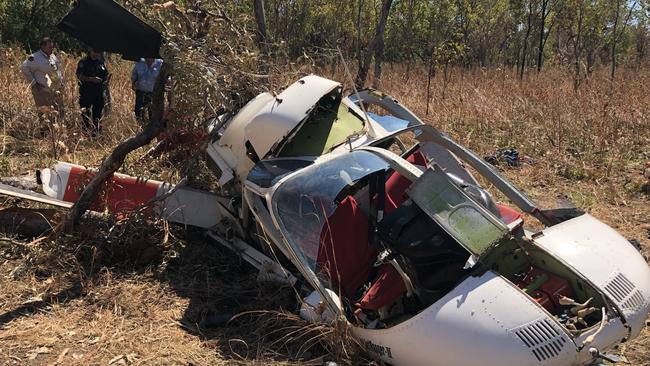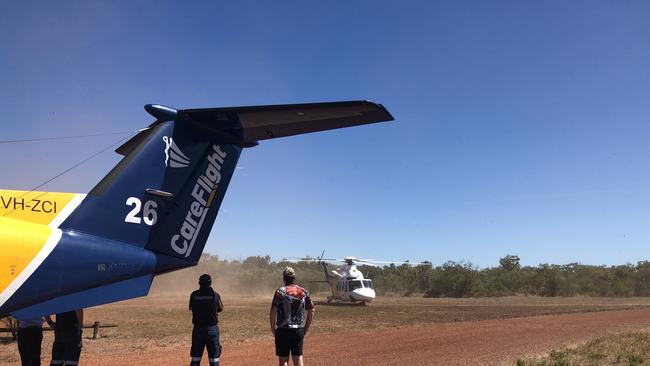Federal government report finds Park Director did not “effectively supervise” operation before serious helicopter crash
A FEDERAL government investigation into a helicopter crash in Kakadu National Park which left three people seriously injured has found that the Director of National Parks did “not effectively supervise” the operation.

Northern Territory
Don't miss out on the headlines from Northern Territory. Followed categories will be added to My News.
A FEDERAL government investigation into a helicopter crash in Kakadu National Park which left three people seriously injured has found that the Director of National Parks did “not effectively supervise” the operation.
MORE NEWS
Buffalo stops traffic as it crosses major intersection of the Top End’s busiest road
Tech millionaire flies in for talks on Darwin to be international digital gateway
Hundreds evacuated after major Territory river’s rapid rise
The helicopter was used in an operation to cull feral animals in the Park on May 21, 2019 when it lost power and smashed into the ground.
The pilot, spotter and shooter on-board were all seriously injured and the helicopter was destroyed.
A final report on the crash by the Australian Transport Safety Bureau, handed down today, also found that helmets were not provided or regularly worn despite a requirement for the helicopter’s occupants to wear them during culling operations.
It also found that an independent inspection of the helicopter had likely not been completed after a power turbine governor was installed, which had become loose and caused the helicopter’s engine to lose power.

“During maintenance four days prior to installing a power turbine governor, the union, which was downstream of the work completed, had not been checked for tightness,” the report said.
ATSB Director of Transport Safety Dr Mike Walker concluded that the Director of National Parks failed to “actively manage the risk of the aerial culling task, or effectively supervise the operation.”
HOT NEW DEAL: Read everything for 28 days for just $1
“This allowed for an increase in the number of crew, a change in helicopter type and change of helicopter operator, which had all progressed without requisite risk management, exposing the crew to avoidable harm.”


